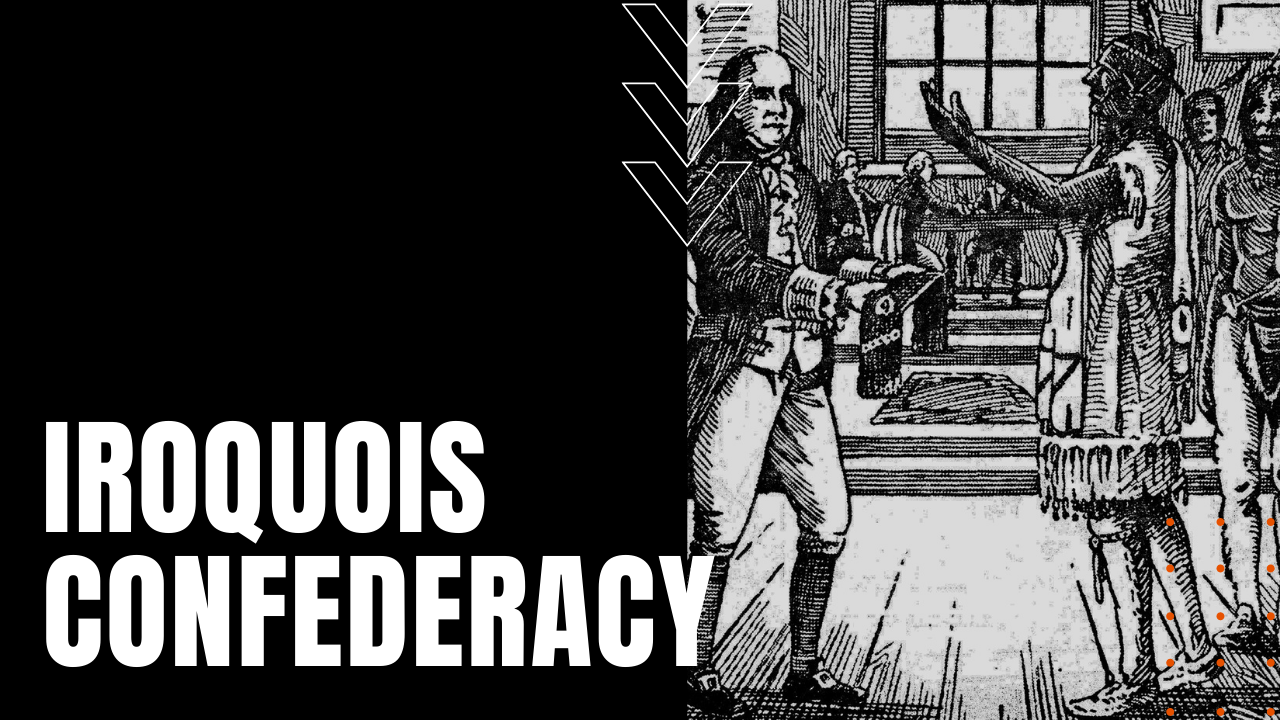The Iroquois Confederacy

Centuries before the formation of the United States and its foundational Constitution, the first known democracy in North America formed among a group of Native American tribes in northeaster North America, creating a unified league of nations following a multi-generational pattern of wars between the Mohawk, Oneida, Onondaga, Cayuga and Seneca nations.
Six Nations Unite
Known collectively as the Iroquois or Haudenosaunee Confederacy, a sixth nation, the Tuscarora, would join the confederacy in the 1700s, and while most historians cite the formation of the Iroquois Confederacy to some 500 years ago, the Iroquois date its creation back to 1142, when tribal leaders first believed that a total solar eclipse that year was a sign of future peace amongst the northeastern tribes.
Great Law of Peace
Guided by the Great Law of Peace, which was created by two visionary Native American heroes named Hiawatha and Deganawida the Peacemaker—passed down over the centuries in the oral tradition—the mythical duo helped the six nations of the Northeastern Tribes form their own constitution, establishing a federalist governance model replete with separation of powers and a participatory democracy.
Unanimous Agreement Required
Designed to build a framework for the six Iroquois nations to come together on issues relating to trade, diplomacy and defense, the Confederacy provided a system of equal representation among the nation’s elected representatives, insuring that all six nations had to agree on any decision before it could be implemented into Iroquois law, which eventually made the Iroquois Confederacy the most powerful political and military force in the region. When the founding fathers met at the Constitutional Convention of 1787, to debate the future of American governance, they had no contemporary European democracies to model themselves after, other than the ideologies and writings by the likes of John Locke and Montesquieu.
A Model for the U.S. Constitution
They did, however, take note of the Iroquois Confederacy and its federalist framework and constitution, as referenced in a letter by Ben Franklin in 1751, describing the need for the 13 colonies to form a “voluntary Union” similar to that of the Iroquois Confederacy, while John Adams’ three-volume handbook written for the constitutional framers as a survey of different types of governments, included references to the same body of Native American tribes, making the Iroquois Confederacy, both a groundbreaking milestone in Native American inter-tribal relations, as well as a foundational primer for the U.S. Constitution.
